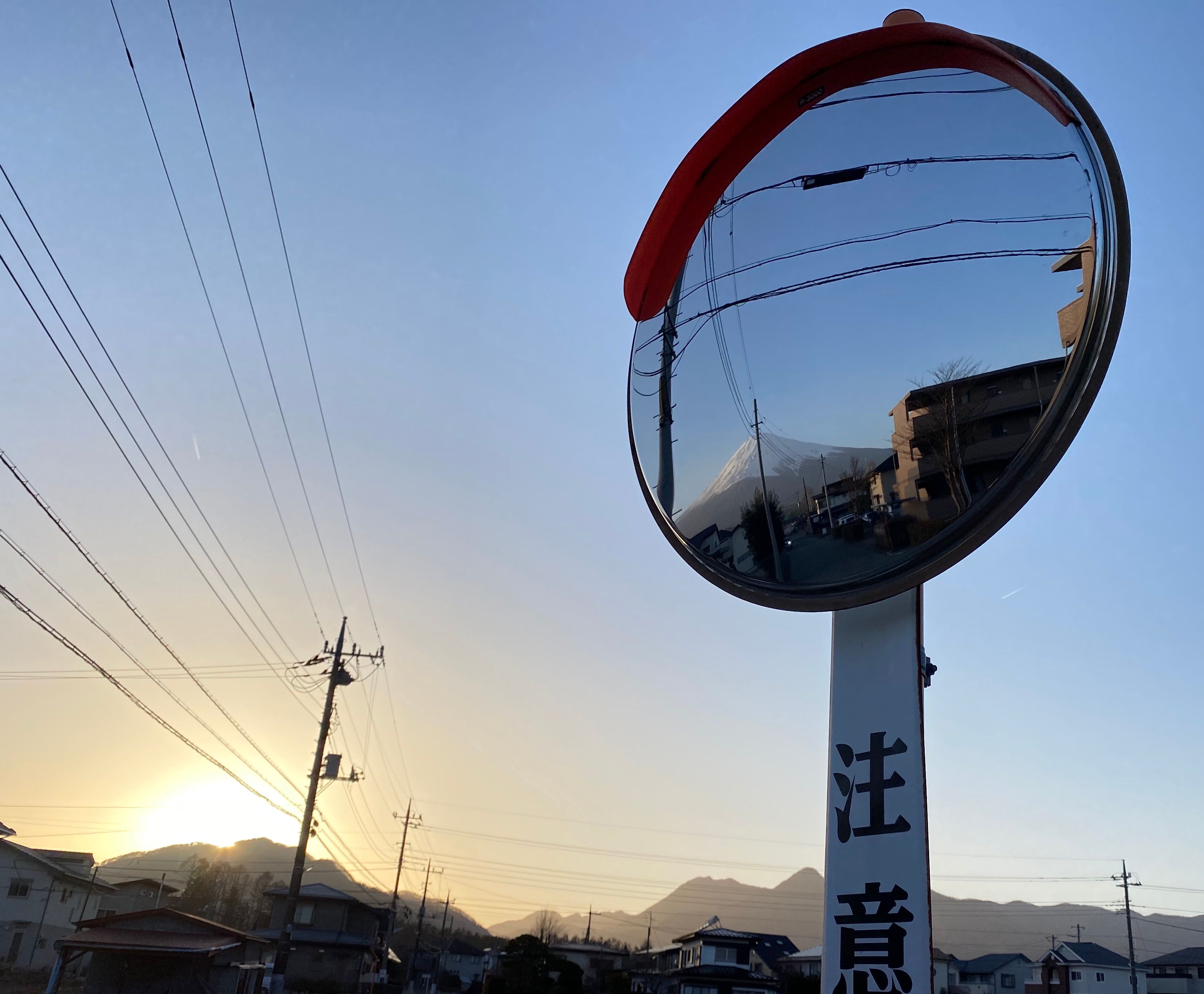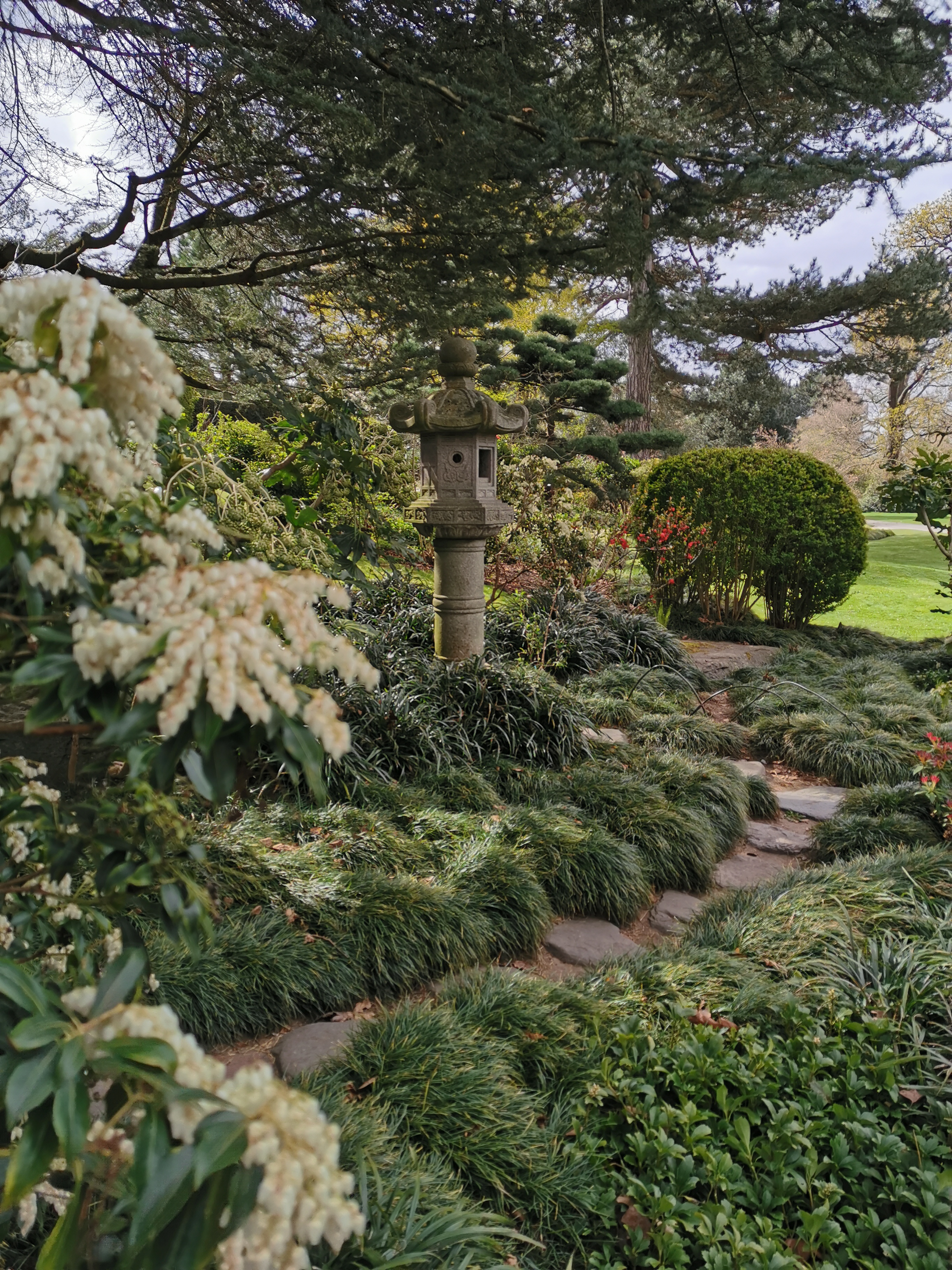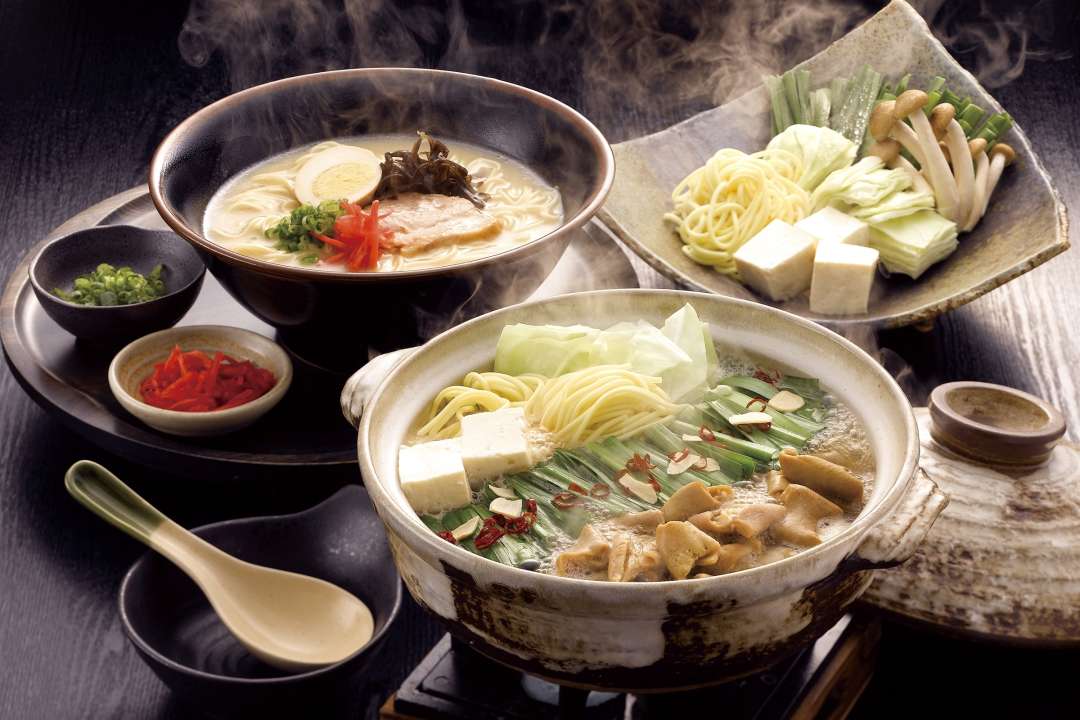
With winter snow piling up in Japan, and the sun setting earlier, it’s time to be bundled up and with plenty of warm, delicious food. Wintertime in Japan also means that there is a great deal of mouthwatering food coming into season in the country. From crab to sushi, you could spend weeks exploring and not try all the amazing dishes in winter.
One thing that winter is known for is hot dishes! Especially in winter, ramen, oden, miso soup, are some of the best foods to keep you warm during the cold months. But this time around we’ll be covering a Japanese staple that will be sure to keep you warm in the snowy months. This dish is nabe! Essentially hot pot, you cook a variety of ingredients in different broths and bases. With so many varieties and types of ingredients, there is no better dish than winter nabe!
Hot pot is a wonderful way to enjoy a community meal, and a way to try out a multitude of Japanese foods at once. Broths can be light or heavy, with additions of various dipping sauces. A common staple that you can find at many restaurants in the country, nabe is also quite easy to prepare at your own home.

One particular type of hot pot that is commonly seen during the winter time is known as ‘oden’. If you go to convenience stores during winter, you’ll most likely notice a new addition to the counter, which is an assortment of various containers, all with different foods simmering in them. You can choose a wide variety to try out, from egg to daikon radish, potatoes, and much more. They retain their flavour from simmering in a dashi broth, making sure to keep you warm after leaving the convenience store. You’ll most likely also see oden vendors around the city, set up on the streets with small stalls, and an assortment of chairs around it. This can be a great way to experience the local city culture, and also an opportunity to meet some people as well.
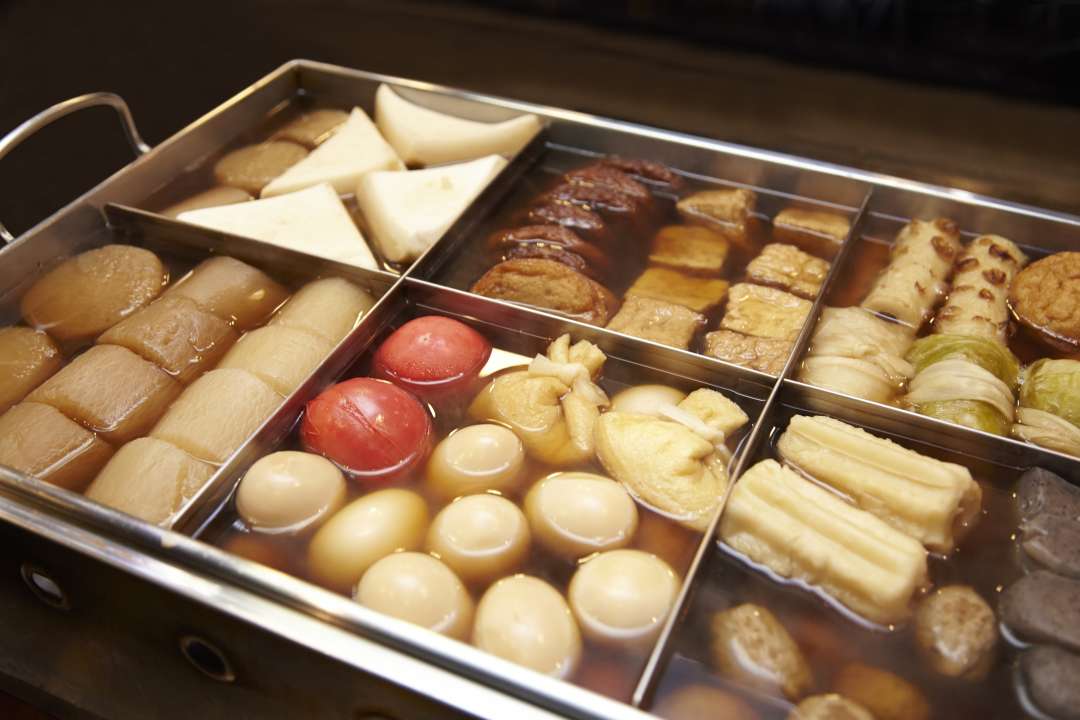
Another form of popular nabe is Chanko Nabe. Popularised as the type of meals that sumo wrestlers eat to keep themselves in fighting form, this hot pot is characterised by a dashi broth and can be filled with chicken, beef, tofu, and other proteins as well. Vegetables are also used in high quantities, making it extra tasty. Sumo wrestlers usually eat this dish during the day, in order to keep themselves ready to participate in the high intensity sumo tournaments around the country. You can try this type of nabe at many restaurants around the country, with some even being run by former wrestlers.

Sukiyaki is another famous type of hot pot dish that you can find around the country, it can also be found as parts of set meals such as kaiseki. Usually consisting of thinly sliced beef and other vegetables such as green onions, mushrooms, and also tofu, sukiyaki is usually cooked in broth with sugar in it. Once the meat is cooked, you take it out of the broth and dip it in a raw egg mixture to enjoy it. Like many other Japanese dishes, there are a variety of regional variations of sukiyaki, one difference between Kanto and Kansai sukiyaki is that Kanto sukiyaki ingredients are all simmered together, while Kansai sukiyaki simmers the beef first, and then adds the rest of the ingredients.
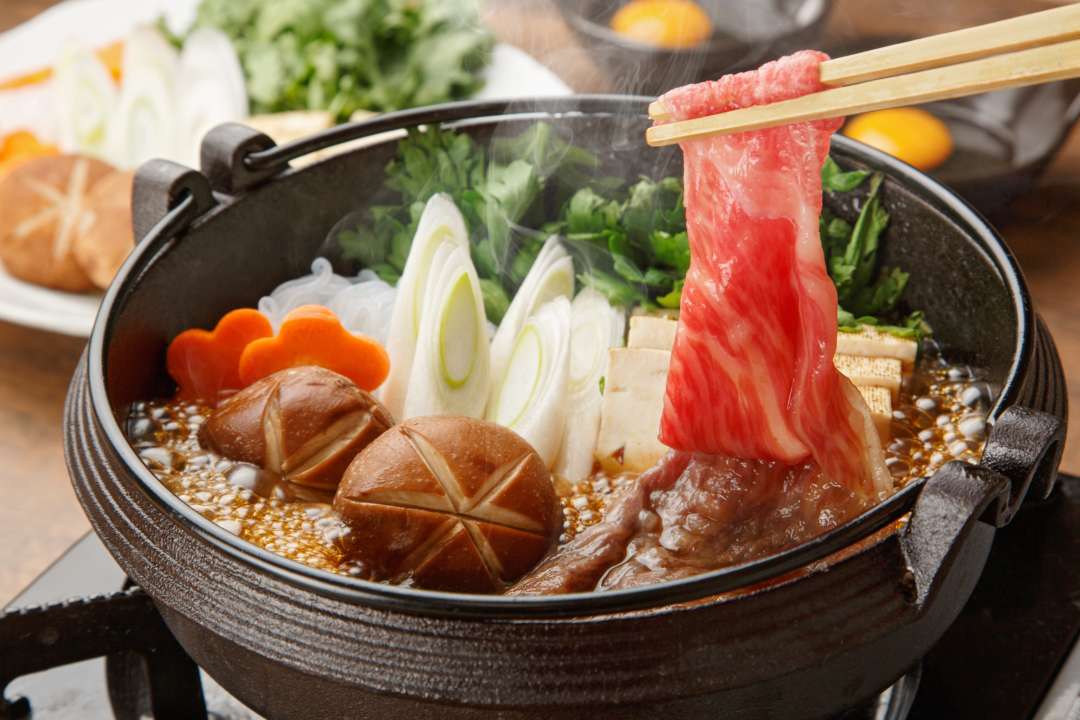
Shabu-shabu can also be ranked among one of the more popular dishes in the hot pot category. Named after the sound that ingredients make in the broth, a staple of shabu-shabu is the thin slices of meat that you dip into the broth to cook. Consisting of ingredients similar to other hot pot dishes, shabu-shabu also includes a variety of vegetables, mushrooms, and other foods that are usually placed in the broth before the meat. Usually beef is the meat of choice, however pork, chicken, and seafood are also viable options. Once you cook the meat in the broth, you can dip it in citrus-based ponzu sauce or other sauces, and enjoy.
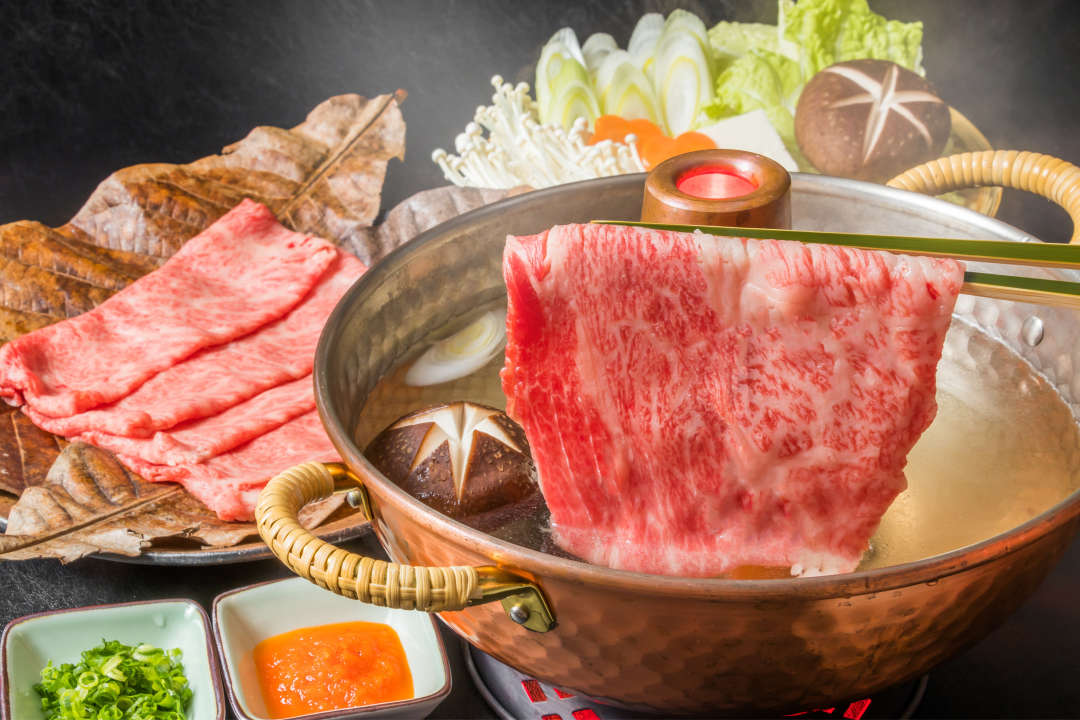
There are quite a few specialty and regional versions of hot pot, as the ingredients and broths can vary. One such regional nabe is Ishikari Nabe, found in the northernmost island of Hokkaido. Ishikari Nabe originates from Ishikari City, north of Sapporo, where the Ishikari River enters Ishikari Bay and the Sea of Japan. Salmon is famous in this area, and makes up an important part of the dish. Consisting of a miso-based broth, Ishikari Nabe also has onion, cabbage, leeks, mushrooms, and salmon roe can be added as well. This is a perfect winter dish, keeping you warm during the cold months. Another regional nabe is Yudofu Nabe, which is a specialty of Kyoto. A lighter dish, this consists of mainly tofu, it is boiled in a kombu (kelp) broth with green onions. Yudofu Nabe is another perfect winter dish, and also quite simple to make at home.
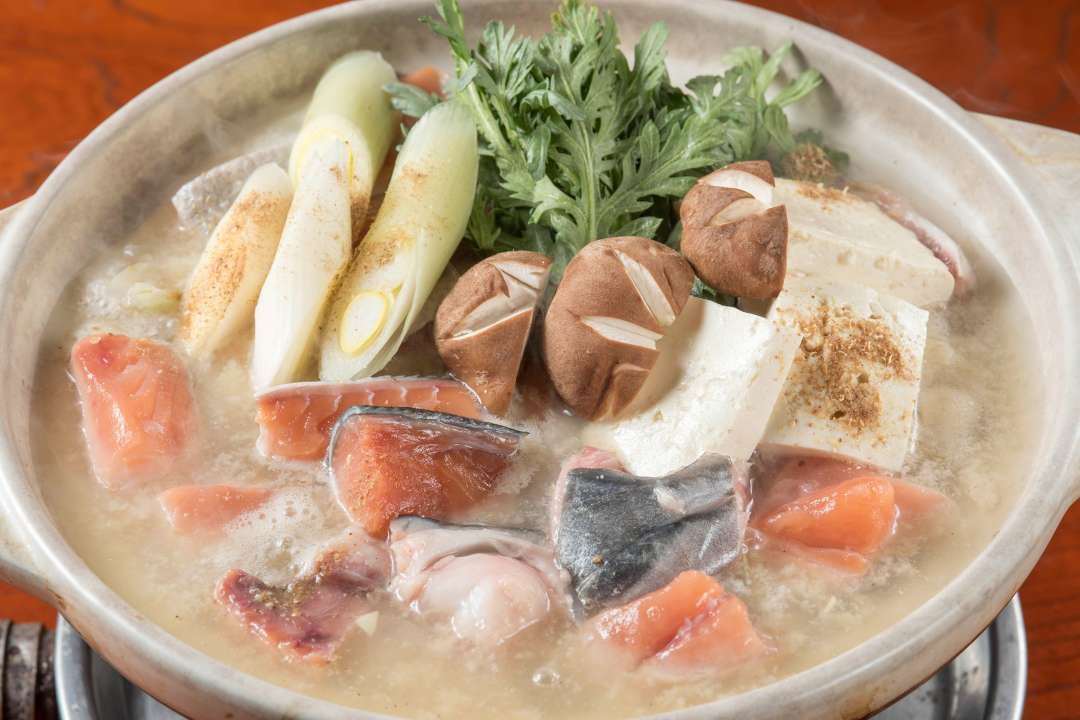
Last but not least, there is Yose Nabe. A fun and tasty version of nabe, this version is characterised by the flexibility of the ingredients. It’s the perfect type of nabe to have at home, as you can put any ingredients and use whichever broth that you feel like. A great type of nabe to use leftover ingredients you may have in your fridge, and a delicious and warming way to enjoy them.
Nabemono is a versatile and tasty way of cooking a wide variety of dishes. With all the different preparation styles and regional ingredients, make sure to try as many as you can when you visit Japan!
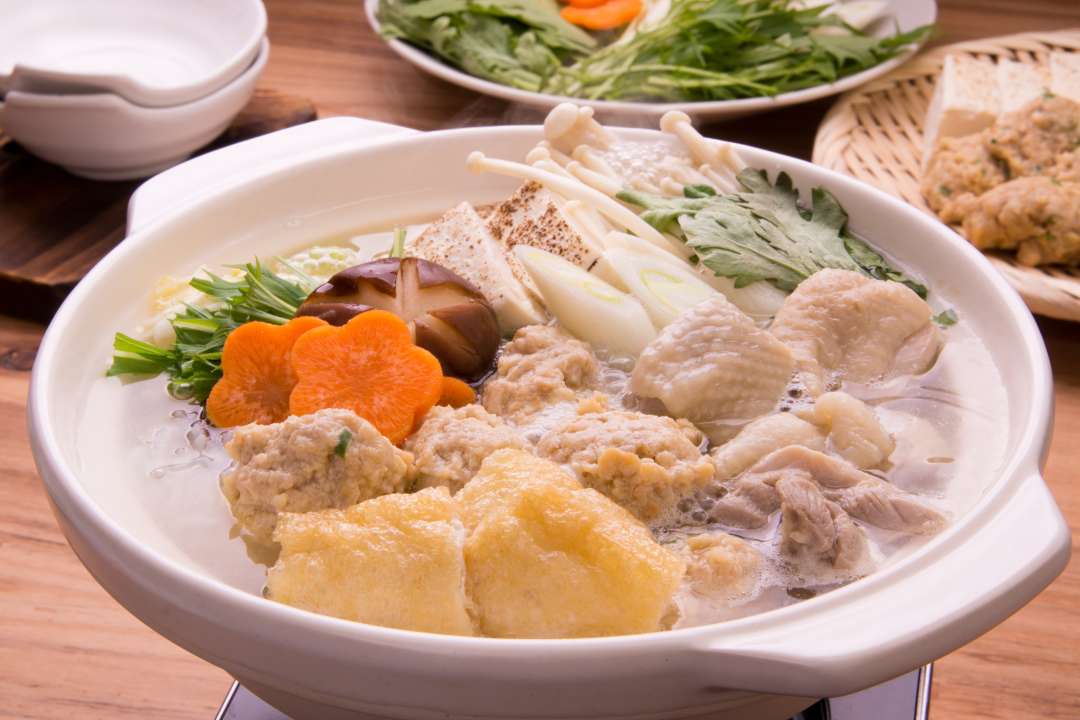
To stay up to date with all the latest happenings in Japan follow us on our Facebook and Instagram!















































